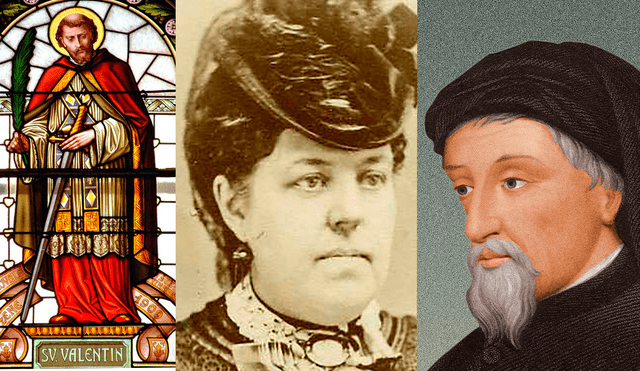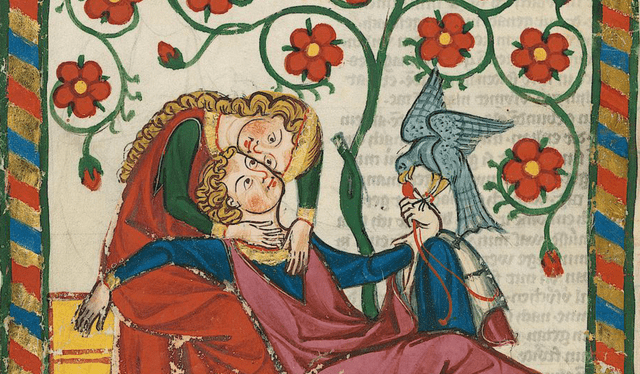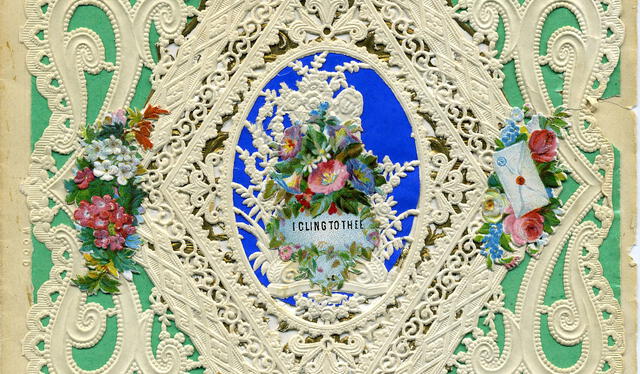Valentine's Day in the U.S: Where do most of our traditions come from?
Valentine’s Day has long been linked to love, but its origins trace back to ancient traditions, a mysterious saint, and even Chaucer’s poetry.

Valentine’s Day in the U.S. is widely recognized as a time to celebrate love and affection through gifts, romantic dinners, and heartfelt messages. However, many people may not realize that the traditions surrounding this holiday have deep historical roots.
From ancient Roman rituals to medieval expressions of courtly love, Valentine’s Day has evolved significantly over the centuries. The customs we follow today are the result of cultural influences, religious history, and even marketing strategies that have shaped the way we express love on this special day.
By the 19th and 20th centuries, businesses capitalized on the holiday’s popularity, introducing mass-produced greeting cards, chocolates, and flowers as common expressions of affection. Today, Valentine’s Day is a blend of history, literature, and commercialization, making it one of the most cherished celebrations of love worldwide.
St. Valentine's Day origins
The exact origins of Valentine’s Day remain uncertain, but many believe it traces back to the ancient Roman festival of Lupercalia. Celebrated in mid-February, this festival welcomed the arrival of spring with lively festivities and fertility rituals.
In the late 5th century, Pope Gelasius banned Lupercalia, and some theories suggest he replaced it with a day honoring the martyred St. Valentine. However, the identity of St. Valentine is also unclear, as historical records mention multiple figures by that name. Some accounts describe him as a Roman priest, while others identify him as a bishop from Terni. Interestingly, some scholars propose that these figures may have actually been the same person.
Another popular legend claims that St. Valentine defied the emperor’s decree by secretly performing marriages to prevent husbands from being sent to war. This act of defiance is believed to be the reason why his feast day became linked to love.

ALSO SEE: Why do we celebrate Valentine’s Day? A look at its history and this year’s date in the U.S
St. Valentine's Day throught history
In the late 14th century, English poet Geoffrey Chaucer published “Parliament of Fowls", a poem likely written to celebrate the marriage of King Richard II of England and Anne of Bohemia after five years of negotiations.

Geoffrey Chaucer is credited for popularizing St Valentine's Day as a date linked with love. Photo: The Conversation
In Geoffrey Chaucer’s Parliament of Fowles, birds convene for a gathering—or parliament—to select their mates. And fittingly, the date of this assembly is none other than Saint Valentine’s Day.
According to Britannica, the poem seemingly sparked a tradition for lovers to send romantic letters to each other during bird mating season. These messages, called valentines, grew in popularity and were mass-produced by the late 1700s.
St. Valentine's Day Queen
Esther Howland is not a name many americans recognize, but as Vanessa Bumpus, exhibit coordinator at the Worcester Historical Museum in Massachusetts, says: "She was the Martha Stuart of her day".

Esther Howland's valentines cards were extremely popular in the 17th century. Photo: CNN
Howland biult a bussiness in the central Massachusetts city in the 17th century and even though she didn't invent valentines or bring them to the United States; she's known as “The mother of the American valentine”.
The reason is very simple: she’s credited with sparking the spread of the ornate cards that became a staple of Valentine’s Day celebrations here and eventually blossomed into a multi-billion-dollar industry.
